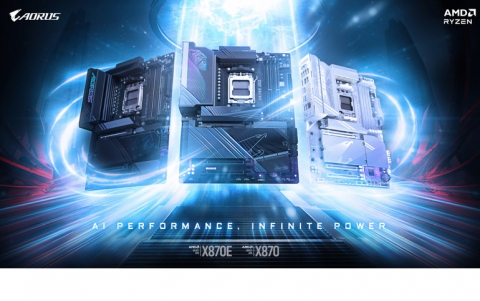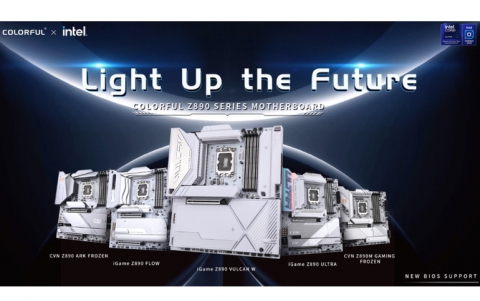Silicon Power UD90 2TB NVME SSD
2. Retail Package
The Silicon Power (SP) UD90 2ΤΒ Μ2230 PCIe Gen4x4 SSD can be found online for ~$173, depending on your region and VAT. The retail package is well-designed, is small, and includes all the needed information about the product.
![]()
At the back there is much information, users might need to know before buying.
![]()
The product is placed inside a plastic wrap that fully protects the product from transportation hazards. The SP UD90 NVME SSD series is designed for small mobile devices, like Steam Deck, Microsoft Surface, and other laptop/tablet brands with 2230 or 2242 PCIe NVMe slots. It is based on a PCIe Gen4x4 interface and can reach up to 5000MB/s reading performance (with PCIe Gen4x4 interface).
![]()
![]()
There isn't much information about the use of chipsets and memory controller so we assume that most M2230 drives, the Silicon Power (SP) UD90 uses 3D NAND and supports a host memory buffer (HMB) that will help the product to achieve high performance-by utilizing the memory resources of the host. In other words, the drive uses the system RAM to help it produce high-performance numbers. Usually, NVME drives with onboard DRAM have the advantage of keeping constant write levels high, whereas DRAM-less designs will drop writing speeds after a point.
After removing the front sticker (bye-bye warranty), we found a big memory flash chipset labeled ICCVG96AZA, which according to Google search is Micron's 176-layer QLC (N48R). There is also a Phison PS5021-E21-48 controller that is a Gen4 controller and consumes 4.6W average and only <2mW power consumption at PS4/L1.2 Lower Power mode. There is also another chipset from PS6121-45 that handles power management. There is no indication about the Amps that the device needs to operate.
![]()
Silicon Power offers to download their own SP Toolbox software, we got the latest version and used it to quickly check the drive's main features.
![]()
![]()
![]()
Passing to the well-known CrystalDiskInfo, we can view also similar information. The drive was connected to a PCIe Gen 4.0 slot and was running at x4.0 speed. We found that the drive, while being brand new, had already 17 hours of power on, and 1908GB was written, which is probably after testing at the assembly line, resulting in a 99.97% remaining life of the drive.
![]()
After formatting the drive with NTFS, we got around 1.86ΤΒ of free space.
![]()













